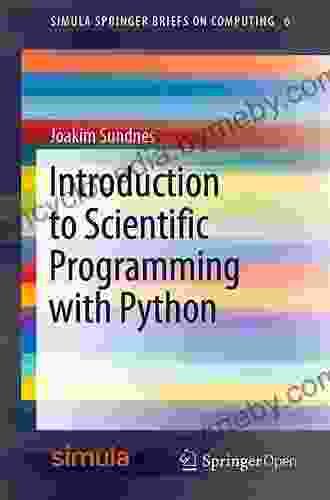Introduction to Scientific Programming with Python: Simula SpringerBriefs on

Scientific programming is a powerful tool that allows scientists and researchers to perform complex calculations and simulations. Python is a popular programming language for scientific computing because it is easy to learn, versatile, and powerful. This book provides an accessible to scientific programming with Python, designed for students and researchers in the natural sciences.
The book covers essential concepts such as data structures, algorithms, and numerical methods. It also provides a wealth of hands-on exercises and examples, so that readers can practice what they learn. The book is written in a clear and concise style, and it is suitable for readers with no prior experience in programming.
4.5 out of 5
| Language | : | English |
| File size | : | 3838 KB |
| Screen Reader | : | Supported |
| Print length | : | 164 pages |
Table of Contents
- Data Structures
- Algorithms
- Numerical Methods
- Exercises
- Examples
Scientific programming is a branch of computer science that uses programming languages to solve scientific problems. Scientific programming is used in a wide variety of fields, including physics, chemistry, biology, and engineering.
Python is a popular programming language for scientific computing because it is easy to learn, versatile, and powerful. Python has a large collection of libraries that provide support for scientific computing, such as NumPy, SciPy, and Matplotlib.
Data Structures
Data structures are a way of organizing data in a computer. There are many different types of data structures, each with its own advantages and disadvantages. The most common data structures include arrays, lists, sets, and dictionaries.
Arrays are a simple data structure that stores a collection of elements of the same type. Lists are a more flexible data structure that can store a collection of elements of different types. Sets are a data structure that stores a collection of unique elements. Dictionaries are a data structure that stores a collection of key-value pairs.
Algorithms
Algorithms are a set of instructions that describe how to solve a problem. There are many different types of algorithms, each with its own advantages and disadvantages. The most common algorithms include sorting algorithms, searching algorithms, and optimization algorithms.
Sorting algorithms are used to sort a collection of elements into a specific Free Download. Searching algorithms are used to find an element in a collection. Optimization algorithms are used to find the best solution to a problem.
Numerical Methods
Numerical methods are a set of techniques that are used to solve mathematical problems. Numerical methods are used in a wide variety of fields, including science, engineering, and finance.
There are many different types of numerical methods, each with its own advantages and disadvantages. The most common numerical methods include finite difference methods, finite element methods, and Monte Carlo methods.
Finite difference methods are used to solve partial differential equations. Finite element methods are used to solve complex engineering problems. Monte Carlo methods are used to simulate random processes.
Exercises
The book provides a wealth of hands-on exercises so that readers can practice what they learn. The exercises are graded by difficulty, so that readers can start with the easier exercises and work their way up to the more difficult ones.
The exercises are designed to help readers develop their skills in scientific programming. The exercises cover a wide range of topics, including data structures, algorithms, and numerical methods.
Examples
The book also provides a wealth of examples that illustrate how to use Python for scientific computing. The examples are drawn from a variety of scientific disciplines, including physics, chemistry, biology, and engineering.
The examples are designed to help readers understand how to use Python to solve real-world scientific problems. The examples are also a valuable resource for readers who are new to Python and want to learn more about how to use it for scientific computing.
This book provides an accessible to scientific programming with Python. The book is written in a clear and concise style, and it is suitable for readers with no prior experience in programming. The book covers essential concepts such as data structures, algorithms, and numerical methods, and it provides a wealth of hands-on exercises and examples.
This book is an essential resource for students and researchers in the natural sciences who want to learn how to use Python for scientific computing.

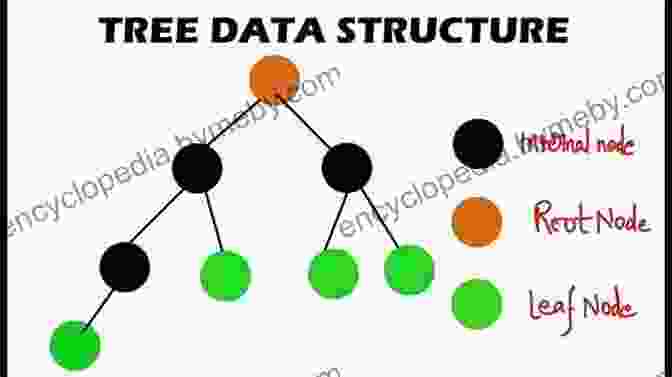
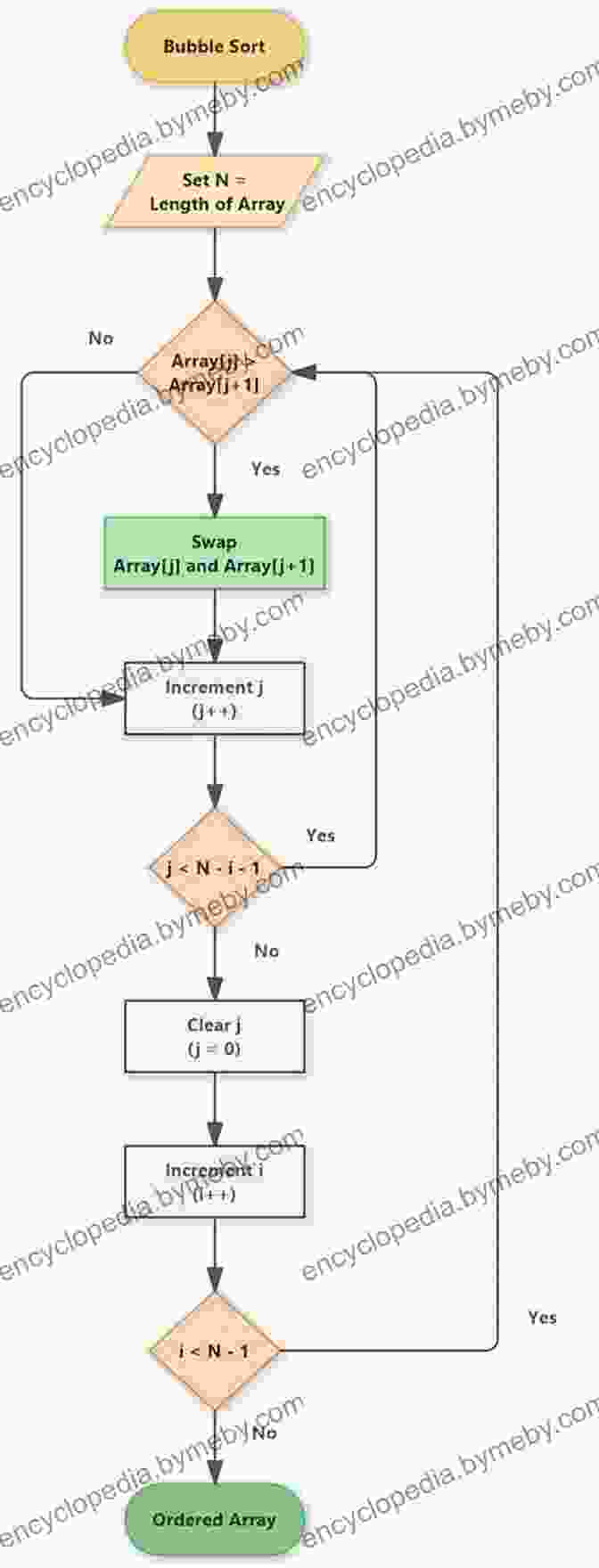

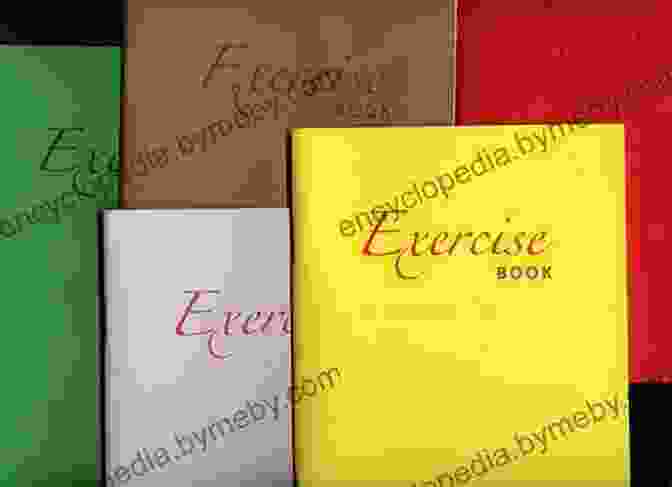

4.5 out of 5
| Language | : | English |
| File size | : | 3838 KB |
| Screen Reader | : | Supported |
| Print length | : | 164 pages |
Do you want to contribute by writing guest posts on this blog?
Please contact us and send us a resume of previous articles that you have written.
 Book
Book Novel
Novel Page
Page Chapter
Chapter Text
Text Story
Story Genre
Genre Reader
Reader Library
Library Paperback
Paperback E-book
E-book Magazine
Magazine Newspaper
Newspaper Paragraph
Paragraph Sentence
Sentence Bookmark
Bookmark Shelf
Shelf Glossary
Glossary Bibliography
Bibliography Foreword
Foreword Preface
Preface Synopsis
Synopsis Annotation
Annotation Footnote
Footnote Manuscript
Manuscript Scroll
Scroll Codex
Codex Tome
Tome Bestseller
Bestseller Classics
Classics Library card
Library card Narrative
Narrative Biography
Biography Autobiography
Autobiography Memoir
Memoir Reference
Reference Encyclopedia
Encyclopedia 2005th Edition Kindle Edition
2005th Edition Kindle Edition Lisa Mulcahy
Lisa Mulcahy Abigail Griebelbauer
Abigail Griebelbauer Jennifer Berne
Jennifer Berne 1st Edition
1st Edition 1st Edition Kindle Edition
1st Edition Kindle Edition Abby Hoy
Abby Hoy Will Storr
Will Storr Rick Furphy
Rick Furphy Abby Goodnough
Abby Goodnough A K Aaron
A K Aaron Bill Karwin
Bill Karwin 008 Edition Kindle Edition
008 Edition Kindle Edition Adam J Wright
Adam J Wright Adam Begley
Adam Begley Kirk Mcdonough
Kirk Mcdonough Rudy Sanchez
Rudy Sanchez Thad Beery
Thad Beery Aaron J Perry
Aaron J Perry 18th Edition Kindle Edition
18th Edition Kindle Edition
Light bulbAdvertise smarter! Our strategic ad space ensures maximum exposure. Reserve your spot today!

 Jake PowellEldorado Adventures In The Path Of Empire: A Journey into the Heart of Myth...
Jake PowellEldorado Adventures In The Path Of Empire: A Journey into the Heart of Myth...
 Elias MitchellUnlock the Secrets of Mathematics: Krishna Fully Solved Sc Mathematics IV...
Elias MitchellUnlock the Secrets of Mathematics: Krishna Fully Solved Sc Mathematics IV... Ashton ReedFollow ·6.2k
Ashton ReedFollow ·6.2k Gene SimmonsFollow ·17.5k
Gene SimmonsFollow ·17.5k Michael CrichtonFollow ·4.7k
Michael CrichtonFollow ·4.7k Aleksandr PushkinFollow ·12.4k
Aleksandr PushkinFollow ·12.4k Jonathan HayesFollow ·7.2k
Jonathan HayesFollow ·7.2k Franklin BellFollow ·16.3k
Franklin BellFollow ·16.3k Colton CarterFollow ·3.7k
Colton CarterFollow ·3.7k Ronald SimmonsFollow ·6.1k
Ronald SimmonsFollow ·6.1k
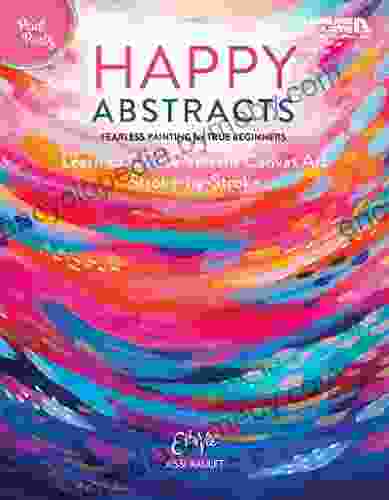
 Timothy Ward
Timothy WardFearless Painting for True Beginners: Learn to Create...
Unlock the Joy of...

 Fernando Pessoa
Fernando PessoaProven 12-Step Program for Financial Peace of Mind:...
Are you struggling with...

 Chinua Achebe
Chinua AchebeLayers Colors Desire: Layers Colors Thoughts Mystery
A Literary Labyrinth...

 Fernando Bell
Fernando BellUnearth Hidden Treasures: Journey Through "Secondhand...
Prepare to embark on an extraordinary...

 Caleb Carter
Caleb CarterSymbolic Messages Garage Sale Mysteries: Unveiling the...
Welcome to the extraordinary world of the...

 Nikolai Gogol
Nikolai GogolTravels in the Billion Dollar Trash Trade: Uncovering the...
Ỡ In his...
4.5 out of 5
| Language | : | English |
| File size | : | 3838 KB |
| Screen Reader | : | Supported |
| Print length | : | 164 pages |


